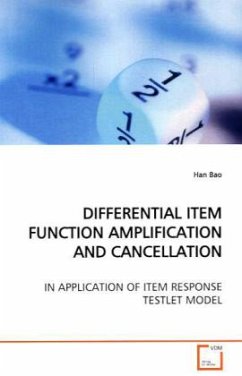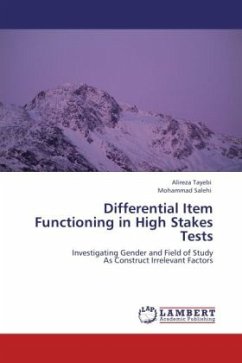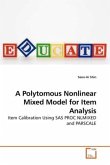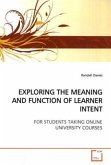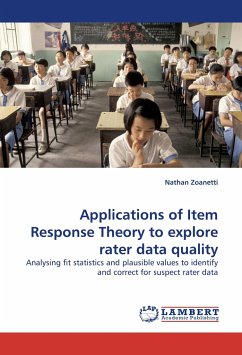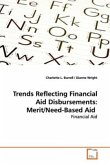Many educational tests use testlets as a way of
providing context. When testlet effect and item
idiosyncratic features of individual items are both
considered to be the reasons of DIF in many
educational tests using testlets, it is interesting
to investigate the phenomena of DIF amplification
and cancellation resulting from the interactive
effects of these two factors. This research
presented a study based on a multiple-group
testlet item response theory model to examine in
detail different situations of DIF amplification
and cancellation at the item and testlet level using
testlet characteristic curve procedures with signed/
unsigned area indices and logistic regression
procedure. The testlet DIF model was estimated using
a hierarchical Bayesian framework with the Markov
Chain Monte Carlo method. The simulation study
investigated all of the possible conditions of DIF
amplification and cancellation. Real data analysis
indicated the existence of testlet effect and its
magnitudes of difference on the means and/or
variance of testlet distribution between manifest
groups such as gender or ethnicity.
providing context. When testlet effect and item
idiosyncratic features of individual items are both
considered to be the reasons of DIF in many
educational tests using testlets, it is interesting
to investigate the phenomena of DIF amplification
and cancellation resulting from the interactive
effects of these two factors. This research
presented a study based on a multiple-group
testlet item response theory model to examine in
detail different situations of DIF amplification
and cancellation at the item and testlet level using
testlet characteristic curve procedures with signed/
unsigned area indices and logistic regression
procedure. The testlet DIF model was estimated using
a hierarchical Bayesian framework with the Markov
Chain Monte Carlo method. The simulation study
investigated all of the possible conditions of DIF
amplification and cancellation. Real data analysis
indicated the existence of testlet effect and its
magnitudes of difference on the means and/or
variance of testlet distribution between manifest
groups such as gender or ethnicity.

